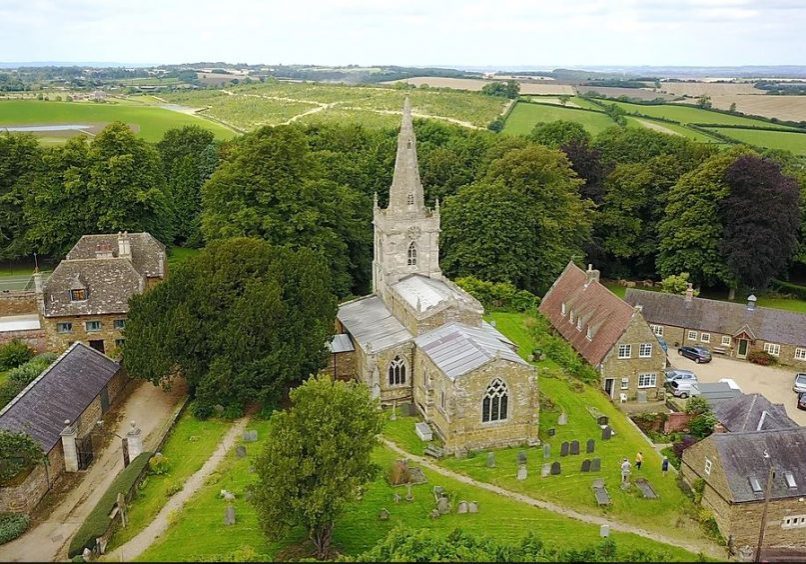Our work
The Bats in Churches project is working with over 100 churches across England that are affected by bat roosts including some of national importance.
Below is a map of our churches, click through to find more information on the individual churches or toggle to view the churches in list form.
- All
- East Anglia
- Midlands and the North
- South

Bromfield, St Mary the Virgin
Formerly a Benedictine Priory Church built in c. 1155, a striking and significant feature of St Mary the Virgin is the chancel ceiling depicting the Shield of Trinity surrounded by cherubs and texts.
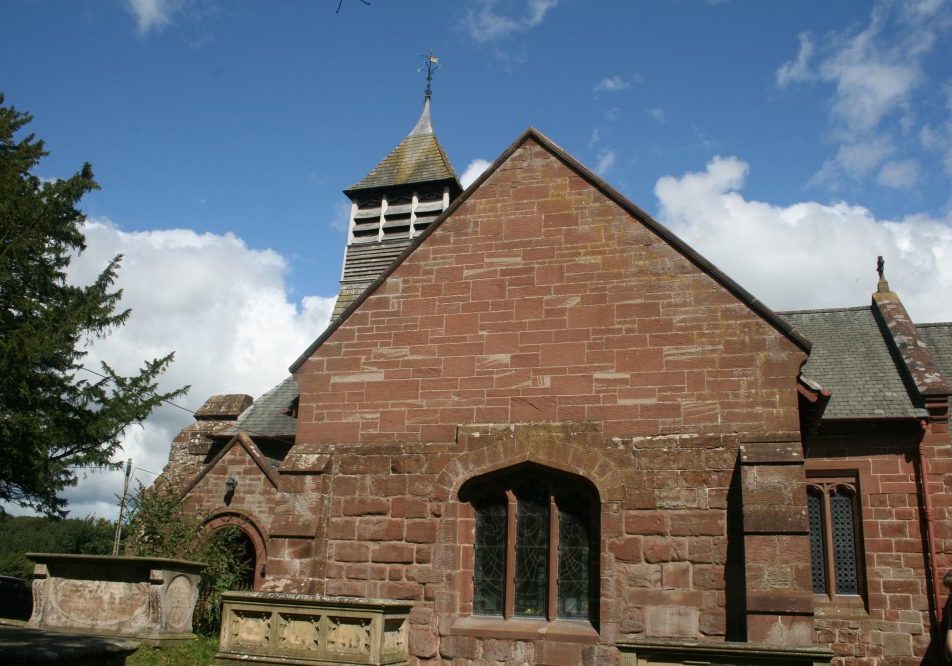
Bruera, St Mary the Virgin
A Norman church with a South Chapel added in the C15th and a quirky timber belfry, St Mary’s was completely restored in the late C19th. It has been home to a colony of brown long-eared bats for many years.

Chignal Smealy, St Nicholas
The church of St Nicholas stands in the village of Chignal Smealy, in a small churchyard. It was built in the early sixteenth century, and is notable for having been originally constructed of red brick.

Chrishall, Holy Trinity
Chrishall is said to be the first place in Essex where Christianity took hold: in the Domesday Book the name of the village is stated as ‘Cristehalla’, meaning the home of Christ.
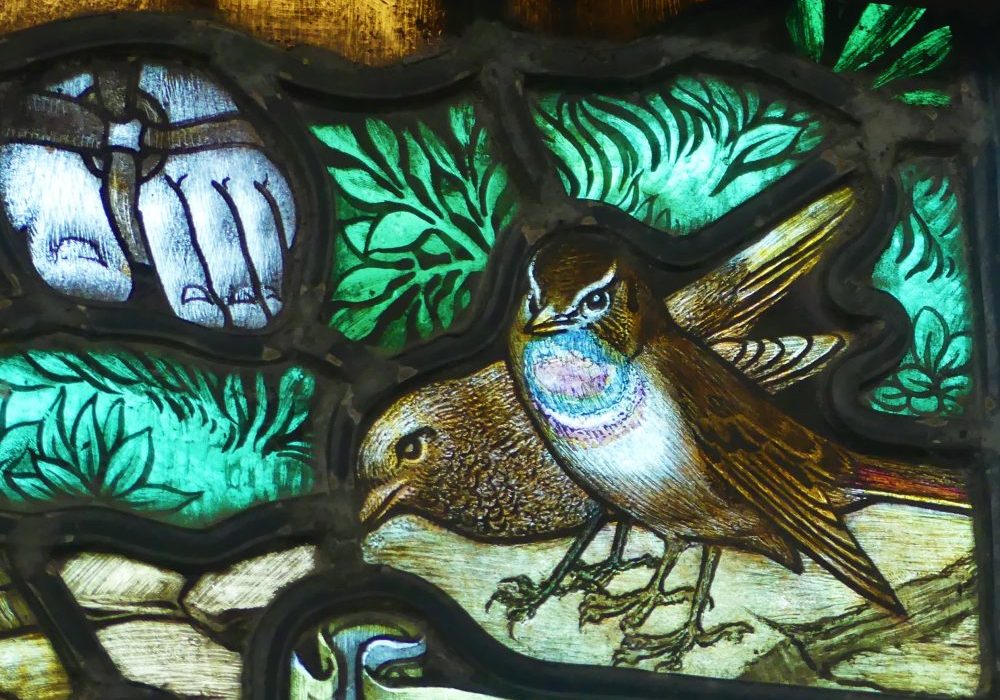
Cley, St Margaret of Antioch
A spectacular church on the north Norfolk coast with carved stonework and dramatic window tracery.
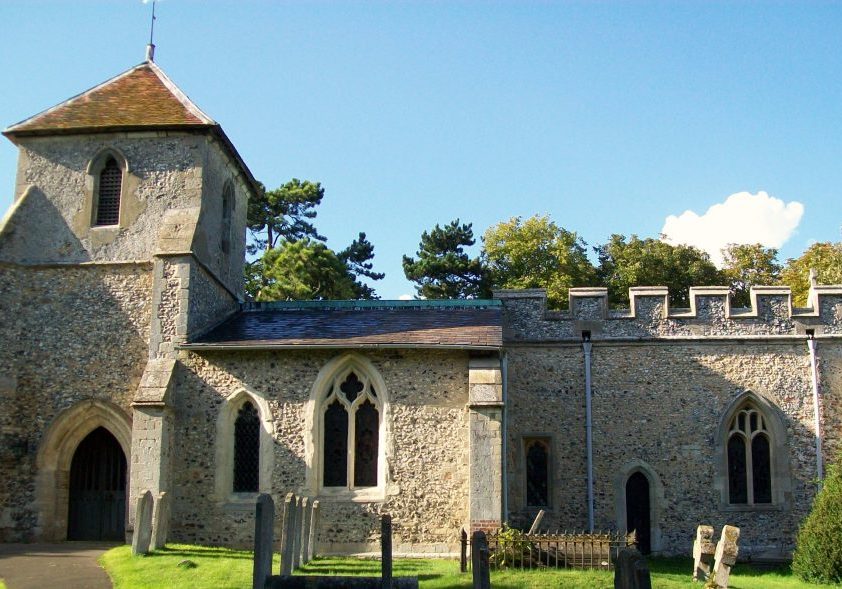
Clothall, St Mary the Virgin
St Mary’s is home to a splendid stained glass window depicting birds of the English countryside as well as more exotic species. It shelters a large number of bats which have a significant impact on the church furnishings and fittings.
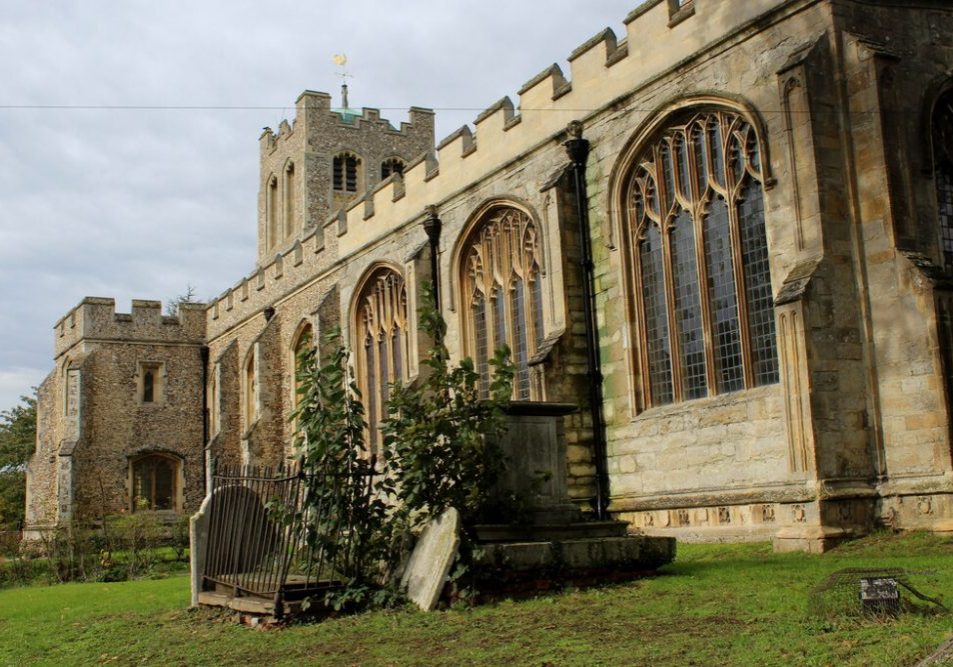
Coggeshall, St Peter ad Vincula
The magnificent and imposing St Peter ad Vincula (‘St Peter in chains’, a rare dedication) in Coggeshall, Essex, is one of a group of great churches built following the success of the early wool-trade in the East Anglia area. It is Grade I listed.


